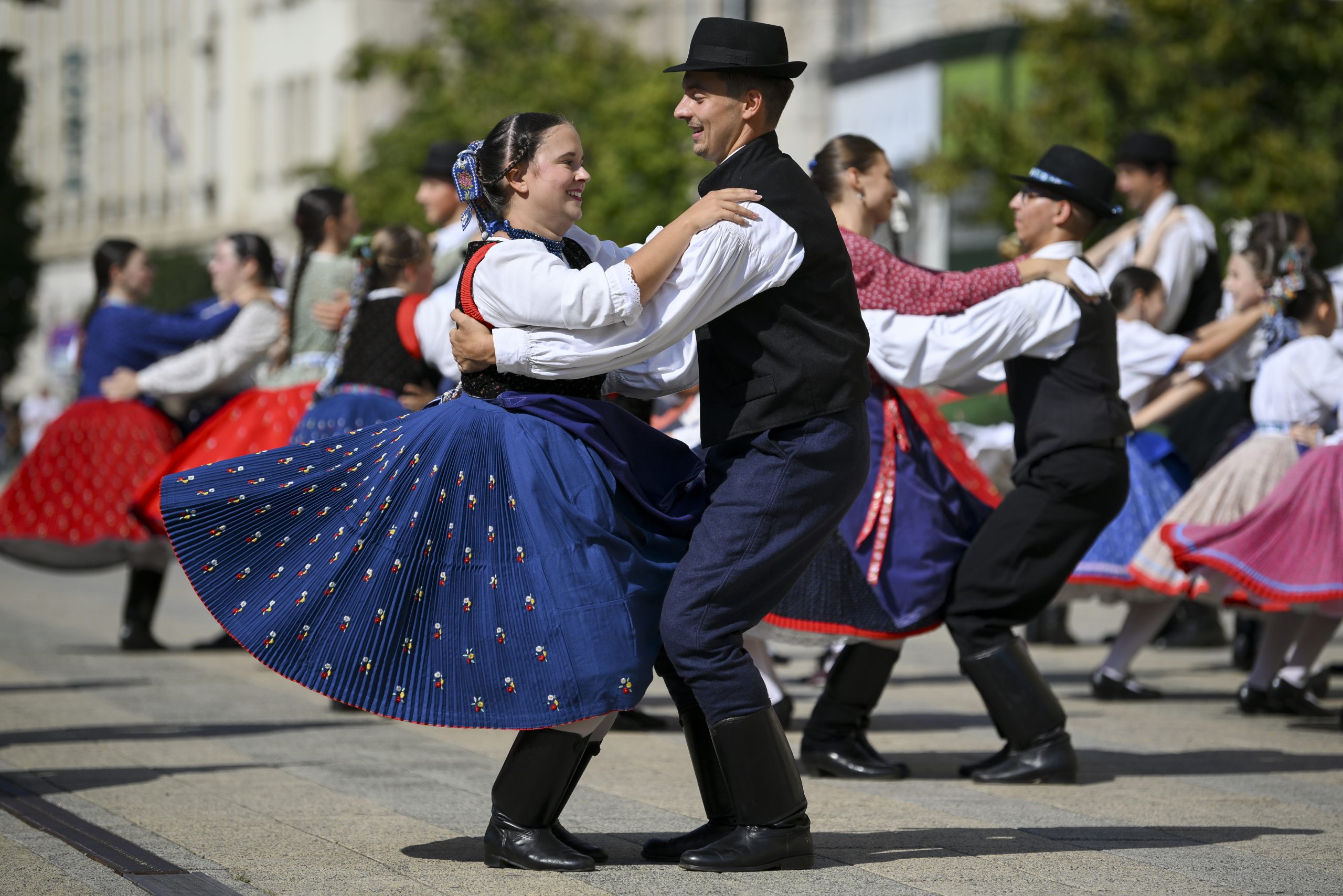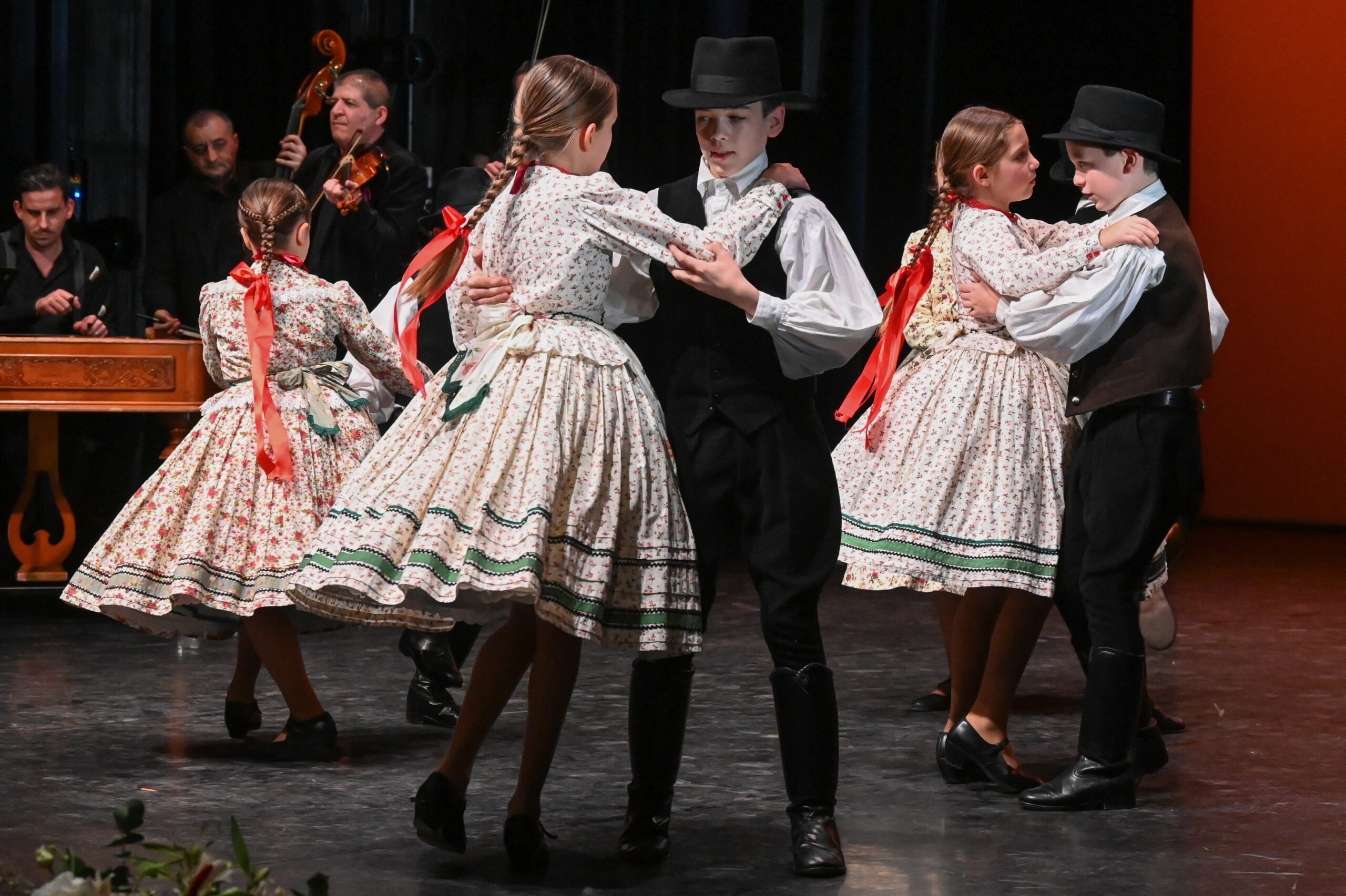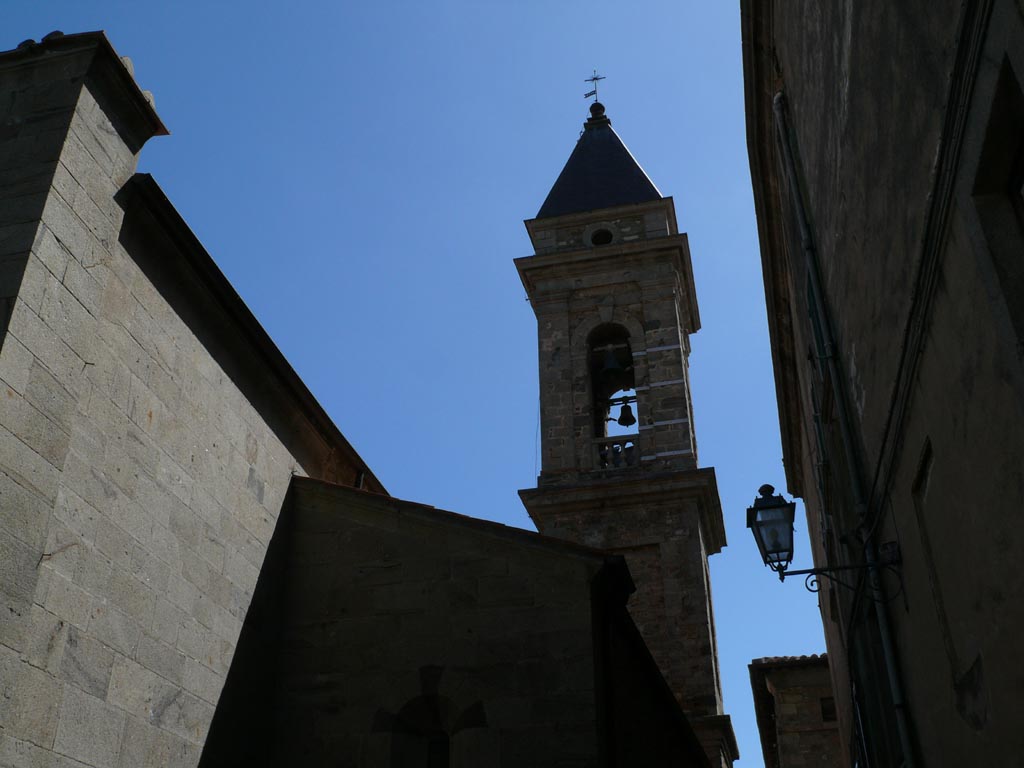
The 'Csárdás' has a special place in the repertoires of folk dance groups throughout the country.Continue reading

The Collection of Hungarikums has been further expanded with the church bells ringing at noon and the ‘Csárdás’ dance. The ‘Csárdás’ has also been added to the Hungarian Register of Values, Minister István Nagy announced on his social media page, according to a statement by the Ministry of Agriculture on Tuesday.
Based on the decision, the number of values included in the Collection of Hungarikums has increased from 92 to 94, and the Hungarian Register of Values now contains 155 items.
“The Hungarikums mark the top achievements of the Hungarian nation. The local, regional, sectoral, and county value registers, the Hungarian Register Values, and the Collection of Hungarikums are a good combination of food and folklore heritage, as well as natural, cultural, and built environment values,” the statement said.
The committee declared the church bells ringing at noon a Hungarikum. The tradition is linked to the victory of Nándorfehérvár in 1456, when János Hunyadi defended the southern gate of the Kingdom of Hungary from the Turkish attack.
It was first used by Christians to pray for the Hungarian victory of battles and has become a symbol of thanksgiving,

Photo: Wikipedia
Also included in the collection is
the tradition of the ‘Csárdás’ dance, the most popular and best-known traditional Hungarian dance in the world, which is still a community practice.
The living tradition of the ‘Csárdás’ dance was inscribed on the National List of Intangible Cultural Heritage in Hungary in 2019, following a proposal by the Hungarian National Commission for Intangible Cultural Heritage of UNESCO. The ‘Csárdás’ dance was finally inscribed on the Representative List of the Intangible Cultural Heritage of Humanity by UNESCO at the end of last year.
Via MTI, Featured image: MTI/Máthé Zoltán